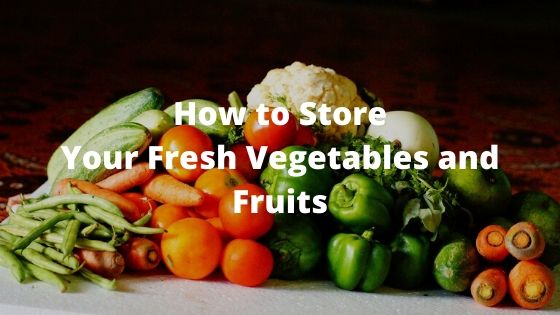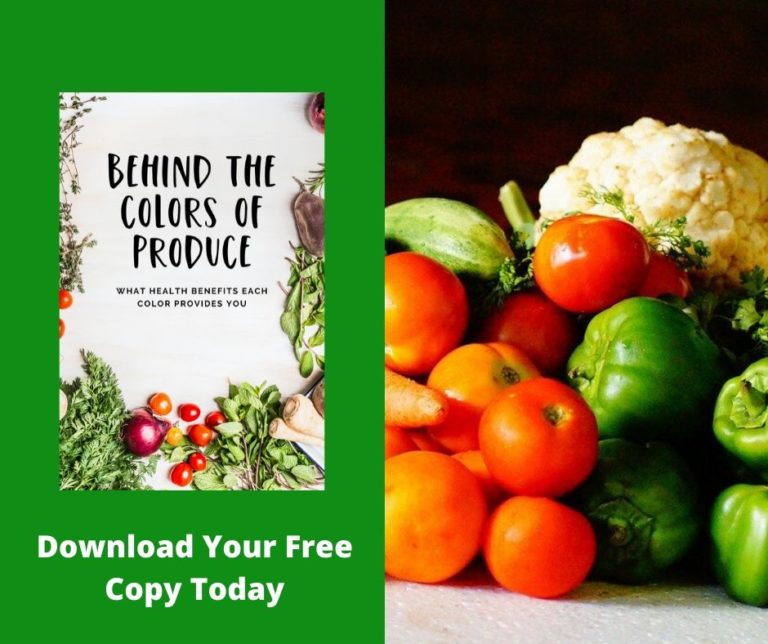Sharing is caring!
How often are you visiting your local farmer’s market or produce stand?
We have an abundance of markets and stands to visit that offer and abundance of fresh local produce and vegetables. My favorite local market will offer an assortment of fresh vegetables in pretty little baskets, just waiting to be taken home. I walk in and immediately give in to the vibrant colors and end up buying an abundance of fresh vegetables and fruits with plans of cooking them all within a couple of days.
Then life happens.
I’ll prepare one or two meals using the vegetables, we might eat a few of the fruits and before I know it, the squash has shriveled and dried up, the zucchini is squishy, and the fruit is leaking all over the place. So much for my grand cooking plans.
Keeping vegetables and fruits fresh for longer than a few days has proven a challenge for me. I’m not the everyday shopper, so trying to keep my vegetables edible all week long has been a goal of mine, but I wasn’t sure how to make this happen.
Learning how to keep vegetables and fruits fresh until you’re ready to eat them, requires you to understand the ripening process. Each vegetable and fruit are different.
Hopefully, I can help you keep your vegetables and fruits fresher longer by sharing what I’ve learned about the ripening process.
Ethylene Gas the Ripening Hormone
Understanding how vegetables and fruits either produce or react to ethylene gas will ultimately save you money and time.
Ethylene gas is the ripening hormone and is produced by certain fruits and vegetables. You may have placed bananas in a brown paper bag for quicker ripening or wrapped celery in tin foil to prevent ripening; if so, you have used ethylene gas to your advantage.
You should store your vegetables and fruits based on the level of ethylene gas produced and the level of ethylene sensitivity of each one. Not all fruits and vegetables play nice together. Think fruit bowl with apples and bananas.
On your next grocery shopping trip, go to the produce department and notice how the vegetables and fruits are displayed. The fruits are far away from the vegetables to keep the vegetables fresher longer, and the bananas are usually all by themselves. The store displays their produce based on the ethylene gas of each one.
Here’s a list of vegetables and fruits that make their own ethylene gas. You can store these on your counter by themselves as they tend not to get along with others:
- Apples
- Apricots
- Avocados
- Bananas
- Cantaloupe
- Figs
- Honeydew
- Kiwi fruit
- Mangoes
- Nectarines
- Passion fruit
- Peaches
- Pears
- Plantains
- Plums
- Prunes
- Tomatoes
The fruits that are ethylene-sensitive, yet produce it themselves, are apples, bananas, avocados, cantaloupe, pears, and kiwis. That’s why these will do better on your kitchen counter-top, but not in a fruit bowl together.
Here’s a list of ethylene-sensitive produce, which can be ripened on the counter, and when they reach that perfect point of ripeness, you place them in the fridge. Keep these away from ethylene producing fruits and vegetables:
- Asparagus
- Broccoli
- Cucumbers
- Peaches
- Eggplant
- Grapes
- Lemons and limes
- Lettuce
- Onions
- Peppers
- Watermelon
- Sweet potatoes
Leafy green vegetables produce very little ethylene gas yet are considered high in sensitivity. Keep this in mind as you are storing your vegetables and fruits in the fridge.
Now that you know which fruits and vegetables play nicely together in terms of ethylene gas production or sensitivity, you’ll be able to keep them all fresher for longer. That means less food waste and fewer trips to the store, both of which have a profound effect on the environment, your wallet, and not to mention your health.
When you find yourself with overripe fruit, prep it for the freezer and enjoy in smoothies, breads, ice cream, jams, etc. Try to prep and freeze any vegetables that you may not have time to cook.
With summer’s abundance of fresh vegetables and fruits, take time to store them correctly and enjoy your bounty.
Request your free copy of “Behind the Colors of Produce” to discover how your body benefits from our colorful vegetables. Click the image below to request your copy.


